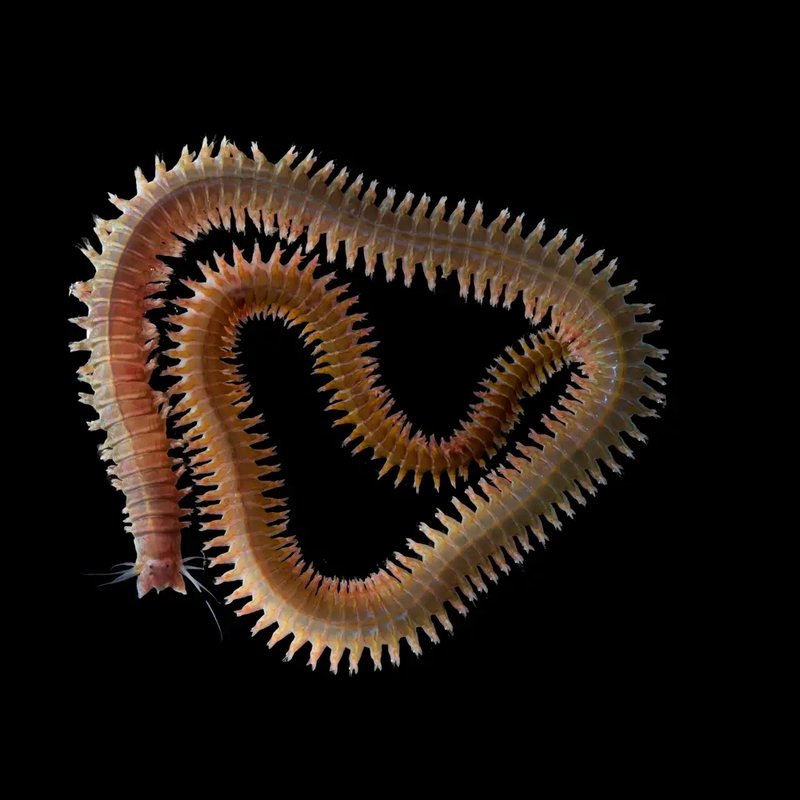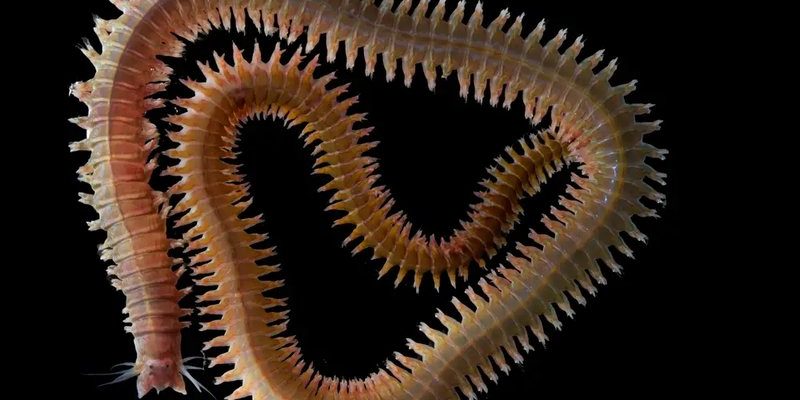
Imagine walking through a garden; the rich, fertile soil is what makes those vibrant plants thrive. Without segmented worms working their magic underground, that garden might just look like a big pile of dirt. So, let’s dig deeper into the ecological importance of segmented worms and understand why they’re essential for our planet’s well-being.
What Are Segmented Worms?
Segmented worms, also known as annelids, belong to a large group of invertebrates. This group includes familiar species like earthworms and leeches. Their bodies are made up of ring-like segments, which allow them to move fluidly through their environment. You might be surprised to learn that there are over 15,000 species of segmented worms, each adapted to unique habitats—from garden soils to riverbeds.
These worms have distinctive features, including a soft, elongated body and a well-developed nervous system. They usually breathe through their skin, meaning they need moisture to survive. Next time you spot a worm on a rainy day, it’s likely just trying to find a new home.
Soil Enrichment and Nutrient Cycling
One of the most significant roles segmented worms play is soil enrichment. As they burrow through the earth, they consume organic matter like dead leaves and decaying plant material. They then excrete nutrient-rich waste known as castings, which are packed with essential nutrients like nitrogen, phosphorus, and potassium—key ingredients plants need to grow.
Here’s the thing: these castings also enhance soil structure, allowing for better water retention and aeration. This means that when it rains, the soil can hold moisture more effectively, benefiting plants and even helping to prevent erosion. In short, segmented worms are like little farmers, promoting healthy soil and better crops.
Improving Soil Structure
You might be wondering how segmented worms also improve soil structure. When these worms tunnel through the ground, they create channels that air and water can flow through. This natural aeration is crucial because it helps roots access oxygen and nutrients.
Let me explain it this way: think of the soil as a sponge. If it’s compacted and dense, that sponge won’t absorb water properly. But when segmented worms make their homes by creating those tunnels, it’s like puncturing holes in the sponge. The water can seep in, and air can circulate freely. This is vital for maintaining healthy ecosystems in both forests and agricultural fields.
Enhancing Biodiversity
You might not realize it, but segmented worms contribute significantly to biodiversity. They act as a food source for a variety of animals, including birds, mammals, and other insects. Without these worms, many small creatures would struggle to find enough to eat.
This interconnected web of life highlights how one small organism can support entire ecosystems. It’s like a domino effect: when worms thrive, they support the creatures that rely on them, which in turn helps sustain larger predators. The loss of segmented worms can lead to a decline in local wildlife, impacting the entire food chain.
Natural Pest Control
Another fascinating aspect of segmented worms is their role in natural pest control. As they feed on decaying plant matter, they help decompose it, minimizing the build-up of potential pests. Additionally, their activities promote beneficial microorganisms in the soil, which can help suppress harmful pests.
Imagine a garden where the soil is alive with activity; segmented worms are like little bodyguards for plants. They help keep pesky insects and diseases at bay, allowing crops to flourish without the need for harsh chemicals. This natural pest control can make a significant difference, especially for organic farmers looking to maintain a healthy ecosystem.
Segmentation and Flexibility in Movement
The unique body structure of segmented worms allows for remarkable flexibility and movement. Each segment can contract and expand independently, which helps them move through soil and navigate their environment. It’s like an intricate dance below the surface, where every movement has a purpose.
This segmentation not only aids in movement but also in reproduction. Many segmented worms are hermaphrodites, meaning they have both male and female reproductive organs. This setup allows them to breed efficiently, guaranteeing that their populations can flourish in various environments.
Challenges Facing Segmented Worms
Despite their ecological importance, segmented worms face various threats. Factors like habitat destruction, climate change, and pollution pose significant challenges to their survival. For instance, agricultural practices that use heavy pesticides can be deadly for these valuable organisms.
Here’s the thing: when segmented worms decline, the negative effects ripple through the ecosystem. Poor soil quality, reduced biodiversity, and impaired natural pest control are just a few consequences. It’s crucial that we understand the role these little guys play and take steps to protect their habitats.
How We Can Help Segmented Worms
So, what can you do to help segmented worms thrive in your area? Here are a few practical tips:
- Reduce pesticide use: Opt for organic farming practices that encourage a healthier ecosystem.
- Create compost: By composting organic waste, you can provide worms with plenty of food while enriching your soil.
- Maintain healthy gardens: Plant diverse species that can support a range of wildlife, including earthworms.
- Educate others: Raise awareness about the importance of segmented worms and their role in ecology.
These small steps not only help segmented worms but also create a thriving environment for all sorts of creatures.
In conclusion, segmented worms may be small, but their ecological importance is monumental. From enriching soil and promoting biodiversity to assisting in natural pest control, these little creatures are fundamental to healthy ecosystems. By understanding the pivotal role they play and taking steps to protect them, we can ensure that our planet remains vibrant and thriving for generations to come. So next time you see a worm wriggling by, remember: it’s not just a worm. It’s a vital part of our ecosystem.

